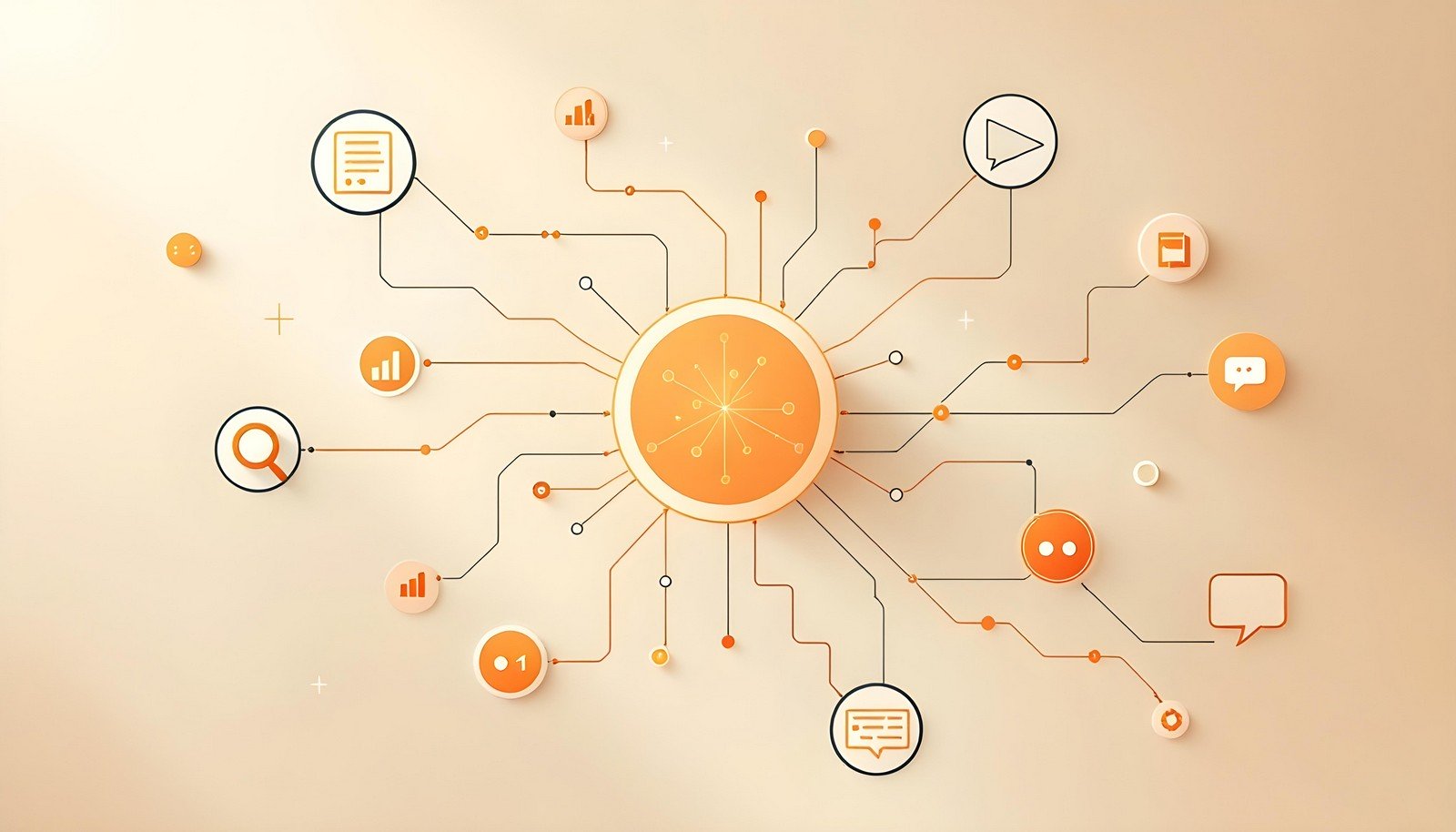Multitask Learning

Quick Navigation:
- Multitask Learning Definition
- Multitask Learning Explained Easy
- Multitask Learning Origin
- Multitask Learning Etymology
- Multitask Learning Usage Trends
- Multitask Learning Usage
- Multitask Learning Examples in Context
- Multitask Learning FAQ
- Multitask Learning Related Words
Multitask Learning Definition
Multitask Learning (MTL) is a machine learning approach where a model is designed to learn multiple tasks simultaneously, using shared knowledge from each task to improve performance across tasks. This is achieved by leveraging the similarities between tasks so that shared parameters allow the model to generalize better. Technically, MTL helps prevent overfitting by enabling a shared representation across different tasks. It’s especially beneficial in deep learning, where parameters and features learned from one task enhance the learning for other tasks, resulting in faster and often more accurate models.
Multitask Learning Explained Easy
Imagine learning how to play soccer and basketball at the same time. Both sports require you to run fast, be alert, and know how to aim. When you practice both sports, the skills you learn in soccer (like running and aiming) help you play basketball better. Multitask Learning works the same way. It’s like teaching a computer to learn different skills together so it can get better at each one faster by sharing what it learns from one skill with others.
Multitask Learning Origin
Multitask Learning gained traction in the 1990s as machine learning research evolved to explore how shared learning across tasks could improve performance. It became especially significant with the rise of neural networks, as researchers discovered that multitask architectures could learn complex patterns more effectively by sharing information across tasks, particularly in natural language processing, computer vision, and speech recognition.
Multitask Learning Etymology
The term “multitask learning” combines "multi-" from Latin meaning "many" or "more than one," with "task," derived from Old French "tasche," meaning "assignment," and "learning," which signifies acquiring knowledge. Together, it reflects the concept of a learning model designed to tackle several assignments or tasks at once.
Multitask Learning Usage Trends
Multitask Learning has grown in popularity due to the demand for efficient, adaptable AI models, especially in fields like language processing and image recognition. With the shift towards AI models that can perform multiple functions, MTL has become central in many research and industrial applications, such as personal assistants and autonomous systems. The rise of multitask AI solutions reflects the importance of models that can generalize better, using data more effectively across diverse applications.
Multitask Learning Usage
- Formal/Technical Tagging: Machine learning, Neural networks, Transfer learning, Task-specific layers
- Typical Collocations: "multitask learning model," "shared representation," "auxiliary task," "primary objective," "multi-output network"
Multitask Learning Examples in Context
1. In natural language processing, a multitask learning model can translate languages while also identifying the sentiment in a sentence.
2. Autonomous vehicles use multitask learning to recognize objects, track lanes, and predict motion, improving their real-time navigation.
Multitask Learning FAQ
- What is Multitask Learning?
Multitask Learning is a method where a model learns multiple tasks at once, sharing knowledge across them. - How does Multitask Learning work?
It shares parameters across tasks, helping the model learn by using related features from each task. - Why is Multitask Learning useful?
It reduces overfitting, enhances generalization, and can speed up the training process. - In which fields is Multitask Learning used?
It’s widely used in natural language processing, computer vision, and robotics. - Is Multitask Learning only for neural networks?
No, although commonly applied to neural networks, it can be used in other learning models too. - How does Multitask Learning improve model accuracy?
By learning from multiple tasks, the model gains a broader understanding, enhancing performance across tasks. - What’s the difference between Multitask and Transfer Learning?
Transfer Learning focuses on reusing a model for a new task, while Multitask Learning learns multiple tasks at the same time. - Does Multitask Learning make models more complex?
It can add complexity but often results in better generalization across tasks. - Can Multitask Learning reduce training time?
Yes, by learning multiple tasks at once, training can be more efficient than training each task individually. - What’s an example of Multitask Learning in real life?
Virtual assistants use multitask learning to recognize speech, interpret commands, and provide responses.
Multitask Learning Related Words
- Categories/Topics: Machine Learning, Artificial Intelligence, Transfer Learning
- Word Families: multitasking, task-oriented, auxiliary task, primary task
Did you know?
In 2020, OpenAI released an advanced multitask language model that could perform multiple functions—from answering questions to generating stories—without needing specialized training for each task. This was one of the first widely publicized examples demonstrating how multitask learning can enable a model to handle diverse tasks with remarkable adaptability.
PicDictionary.com is an online dictionary in pictures. If you have questions or suggestions, please reach out to us on WhatsApp or Twitter.Authors | Arjun Vishnu | @ArjunAndVishnu

I am Vishnu. I like AI, Linux, Single Board Computers, and Cloud Computing. I create the web & video content, and I also write for popular websites.
My younger brother, Arjun handles image & video editing. Together, we run a YouTube Channel that's focused on reviewing gadgets and explaining technology.



Comments powered by CComment